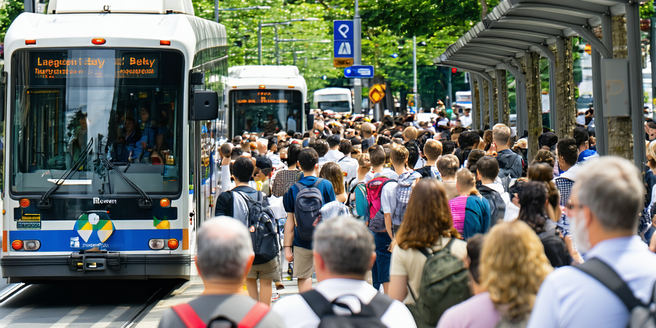
Exploring Public Transit Choices
Public transit offers a reliable and economical way to get around. With various options like buses, trams, and trains, city-dwellers and visitors alike have a practical way to navigate urban landscapes. Transit authorities often provide schedules and maps to ensure riders can plan their routes effectively. The environmental benefits of using public transit, such as reduced carbon emissions and decreased traffic congestion, make it an appealing choice. Cities are also investing in technology to improve the transit experience, with apps that provide real-time updates and allow for easy fare payments. Engaging with public transit not only offers cost savings but also encourages a broader understanding of the community.
Carpooling and Ride-Sharing Tips
Carpooling and ride-sharing are excellent strategies for cutting transportation costs while reducing environmental impact. By sharing rides, individuals can split expenses like gas and tolls, making travel more affordable. To start carpooling, consider organizing a group at your workplace or within your neighborhood. Utilize apps designed for ride-sharing to connect with others heading in the same direction. Safety should always be a priority, so ensure you share travels with trusted individuals. Moreover, many ride-sharing apps often have features that allow users to verify drivers and passengers, enhancing the overall safety of the experience. Both options are not only economical but also contribute to lessening traffic congestion.
Budget-Friendly Biking Solutions
Biking presents a cost-effective, health-promoting, and environmentally friendly transportation alternative. Investing in a sturdy bicycle and essential safety gear like helmets and lights can offer long-term savings. Many cities have developed infrastructure such as bike lanes and racks to encourage cycling. If purchasing a bike isn’t feasible, consider bike-sharing programs which provide the flexibility of biking without ownership. These programs often have a network of bikes available for short-term rentals at convenient locations. Furthermore, regular biking can reduce healthcare costs by keeping you active and fit. Emphasizing safety and maintenance on your biking journey ensures not only savings but a reliable mode of transport.
Using Discounted Rail Passes
Rail travel can be a cost-effective and efficient option, especially in regions with extensive rail networks. Many rail systems offer discounted passes for frequent travelers, students, or seniors, making it a wise choice for budget-conscious commuters. Understanding the available options, such as off-peak tickets or regional rail passes, can lead to significant savings. Booking in advance can also secure lower fares, allowing for better financial planning. Additionally, rail travel is often faster than road transport, particularly during rush hours, offering both time and cost benefits. Taking advantage of these passes means not only saving money but also enjoying comfortable and scenic journeys.
Affordable Car Rental Services
Finding budget-friendly car rental services involves comparing deals, understanding rental terms, and leveraging discounts. Many rental companies offer promotions, especially during off-peak seasons. Joining loyalty programs can lead to additional savings through member-only rates or bonus offers. Often, booking directly through a company’s website instead of third-party services can result in better deals. Consider rental terms fully, noting mileage restrictions and insurance coverage to avoid unexpected costs. For those needing longer-term rentals, monthly plans may offer substantial savings compared to daily rates. By carefully planning and choosing the right rental service, transportation becomes both affordable and efficient.
Navigating on Foot Economically
Walking is the most economical mode of transportation, offering both health and sustainability benefits. Navigating on foot requires no fare and reduces the environmental impact of travel. Plan your walking routes using map applications to find the shortest and safest paths. Invest in comfortable walking shoes to enhance comfort and prevent injuries over long distances. Walking as a primary means of transportation encourages exploration often missed when traveling by vehicle. For those in urban areas, walking can significantly decrease commuting expenses. Whether for daily tasks or leisure, a pedestrian-friendly lifestyle invites both savings and a healthier, eco-conscious way of living.
